
Potsdam is a city in the state of Brandenburg, Germany, and it lies on the southwestern outskirts of Berlin, the capital city of Germany. Brandenburg itself surrounds Berlin and is one of the sixteen federal states (Bundesländer) of Germany. Potsdam is approximately 25 kilometers (15 miles) southwest of central Berlin and is easily accessible from the capital by road and public transportation.
The city of Potsdam is renowned for its extensive parks and gardens, many of which were influenced by Frederick the Great, the King of Prussia. These include the famous Sanssouci Palace and Park, which is a UNESCO World Heritage site. Potsdam has a rich history, having been the residence of Prussian kings and German emperors, and it continues to be an important cultural and administrative center in the region.
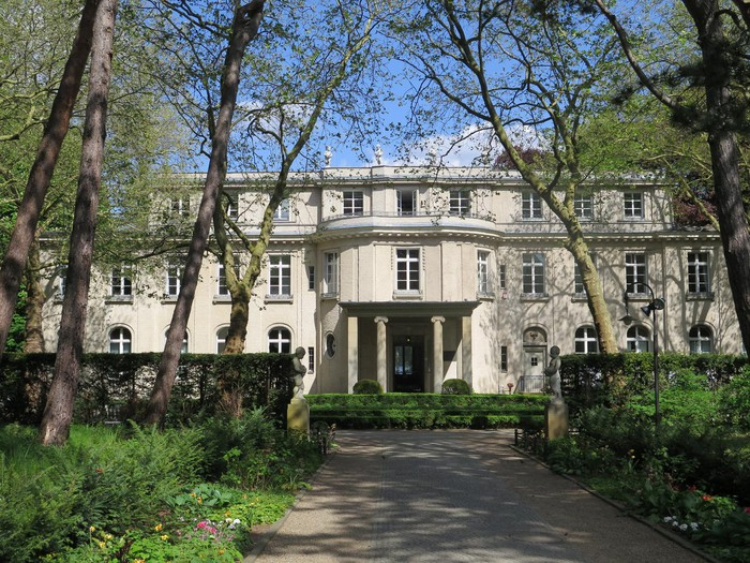
Potsdam's history is intertwined with the growth of the Prussian state and its rulers. Here are some key points in the history of Potsdam:
1. **Early Settlement**: Potsdam was initially a Slavic settlement and later became part of the Margraviate of Brandenburg.
2. **Royal Residence**: In the 17th century, Elector Frederick William of Brandenburg chose Potsdam as the site for his hunting lodge. His son, Frederick I, transformed Potsdam into a royal residence, expanding the city and building notable structures.
3. **Palaces and Gardens**: Under Frederick the Great (Frederick II), who ruled in the 18th century, Potsdam saw the construction of several palaces and gardens, including the renowned Sanssouci Palace and Park. These landmarks are emblematic of the city's cultural and architectural heritage.
4. **Prussian Era**: Potsdam continued to serve as a significant residence and administrative center for Prussian kings and German emperors throughout the 19th and early 20th centuries. The city's architecture reflects the styles of these eras, blending Baroque, Rococo, and Neoclassical influences.
5. **Modern History**: Potsdam was heavily damaged during World War II, particularly during Allied bombing raids in 1945. After the war, efforts were made to restore and reconstruct its historic buildings and parks.
6. **Post-World War II**: Following Germany's division into East and West, Potsdam became part of East Germany (German Democratic Republic). It served as the capital of the state of Brandenburg during this time.
7. **Reunification**: After German reunification in 1990, Potsdam regained its status as an important cultural and administrative center in the reunited Germany. It has since attracted tourists and residents alike with its historical landmarks and picturesque landscapes.
Throughout its history, Potsdam has been shaped by its role as a royal residence, a center of culture and arts, and as an administrative hub. Its blend of architectural styles and its UNESCO World Heritage sites make it a significant destination for visitors interested in German history and culture.
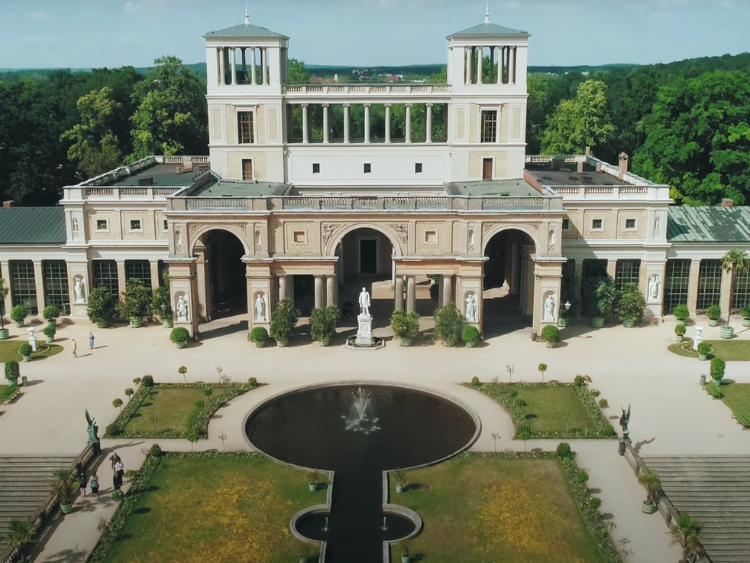
If you're referring to the city of Potsdam itself, it wasn't "invented" by a single person in the traditional sense. Instead, Potsdam's origins trace back to its development as a settlement over many centuries.
Potsdam's history began with early Slavic settlements in the area, likely in the 7th to 10th centuries AD. Over time, it grew in importance as part of the Margraviate of Brandenburg. The city's transformation into a significant royal residence and cultural center began under Elector Frederick William of Brandenburg in the 17th century, and it expanded notably during the reign of Frederick the Great in the 18th century.
Therefore, Potsdam's development was influenced by various rulers, architects, and planners over centuries rather than being the invention of a single individual. Each era and ruler contributed to its architectural, cultural, and historical landscape, shaping it into the city we recognize today.
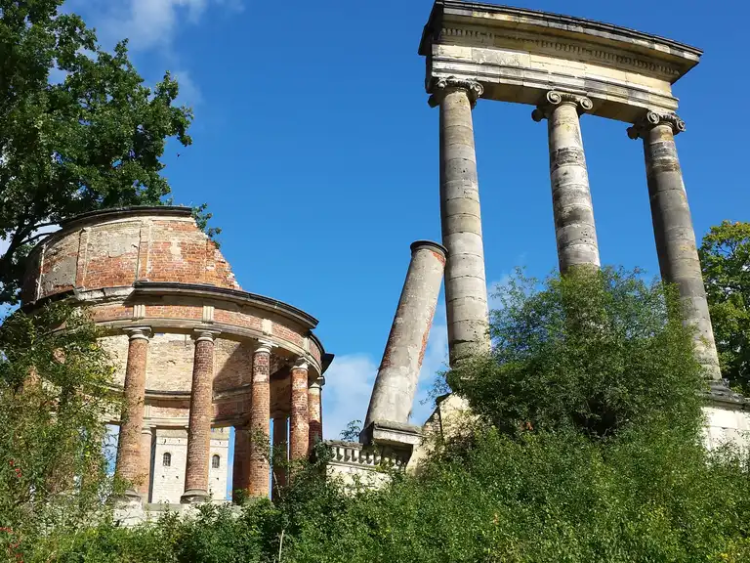

The term "Potsdam and Surroundings" likely refers to the broader area around the city of Potsdam, including its suburbs, neighboring towns, and countryside. Here are a few reasons why this phrase might be used:
1. **Geographical Coverage**: Potsdam, as a city, is surrounded by various smaller towns, villages, and rural areas that together form its metropolitan region or immediate surroundings.
2. **Tourism and Marketing**: From a tourism perspective, "Potsdam and Surroundings" could be used to promote not just the city itself but also the attractions and natural beauty found in the nearby areas. This includes parks, lakes, historical sites, and cultural landmarks that are within a short distance from Potsdam.
3. **Administrative and Statistical Purposes**: In administrative and statistical contexts, regions are often categorized into main cities and their surrounding areas to provide a comprehensive view of demographics, economic activities, and infrastructure development.
4. **Historical and Cultural Significance**: Potsdam's surroundings have historical significance due to the presence of royal residences, gardens, and palaces built by Prussian kings and German emperors. These sites contribute to the overall cultural heritage of the region.
"Potsdam and Surroundings" is a term used to encapsulate not only the city of Potsdam itself but also the broader geographical, cultural, and historical context that defines the region around it.
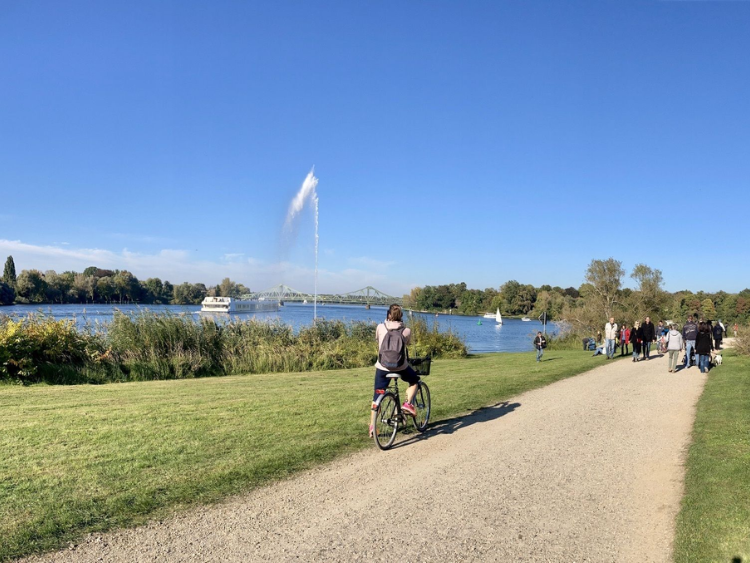

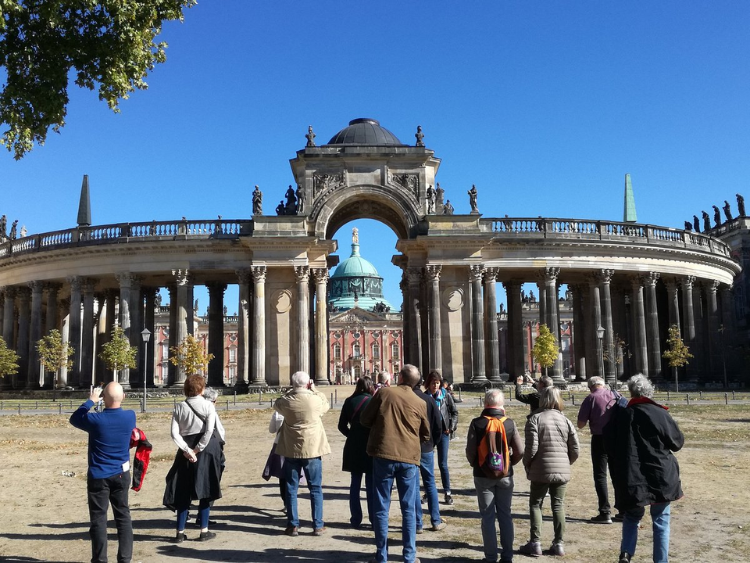
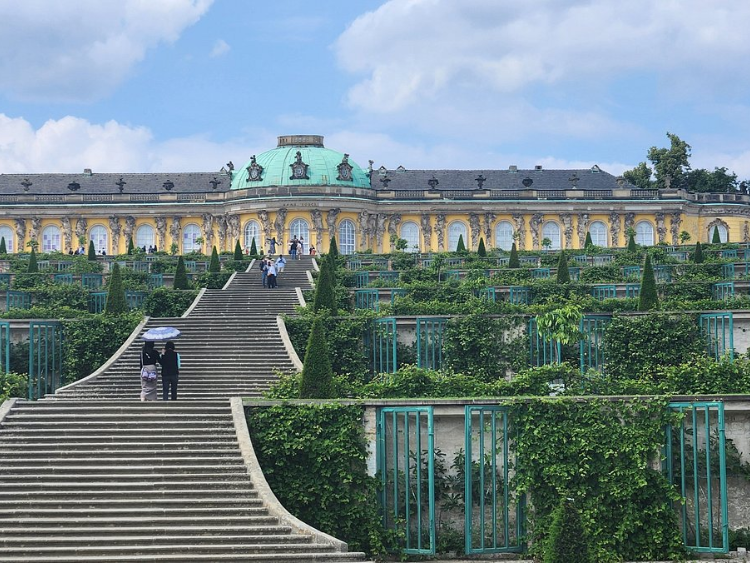
Potsdam and its surroundings are appealing to hiking lovers for several reasons:
1. **Scenic Landscapes**: The region offers diverse landscapes including parks, gardens, forests, and lakes. Hikers can enjoy picturesque views, especially in places like Sanssouci Park with its terraced vineyards and water features.
2. **Historic Trails**: Potsdam's surroundings feature historic trails that pass by palaces, gardens, and other architectural landmarks. These trails offer not only natural beauty but also a glimpse into the region's rich history and cultural heritage.
3. **Variety of Trails**: There are trails suitable for all levels of hikers, from easy walks in parklands to more challenging routes through hilly terrain or along lakeshores. The extensive network of paths ensures there's something for everyone, whether you prefer a leisurely stroll or a more strenuous hike.
4. **Accessibility**: Potsdam is located near Berlin and is easily accessible by public transportation, making it convenient for day trips or longer hiking excursions. Many trails start or pass through Potsdam, allowing hikers to explore the surrounding countryside without traveling far.
5. **Natural Reserves**: The region includes several natural reserves and protected areas, offering opportunities to observe local flora and fauna in their natural habitats. These areas are well-maintained and provide a peaceful retreat from urban life.
6. **Cultural Attractions**: In addition to natural beauty, hikers can visit cultural attractions such as Cecilienhof Palace, the former residence of German Emperor Wilhelm II, or the Babelsberg Film Park, which adds an extra dimension to the hiking experience.
Potsdam and its surroundings combine scenic beauty, historical significance, and accessibility, making it a desirable destination for hiking enthusiasts looking to explore both nature and culture.

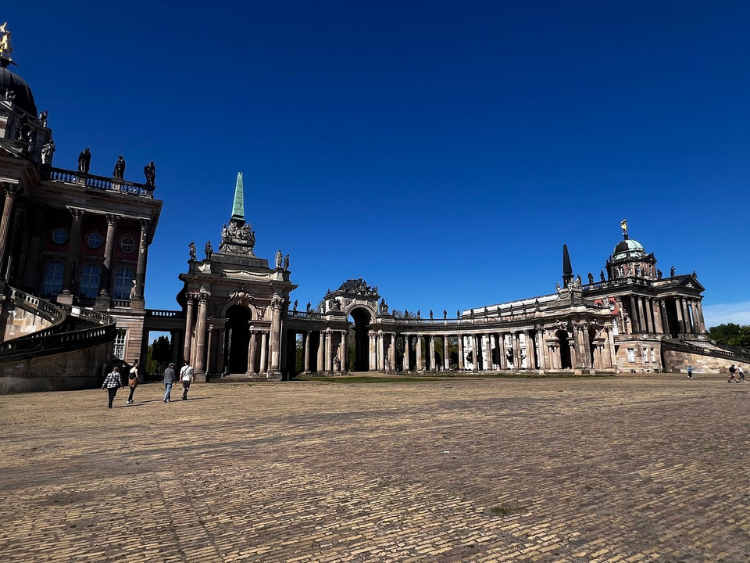


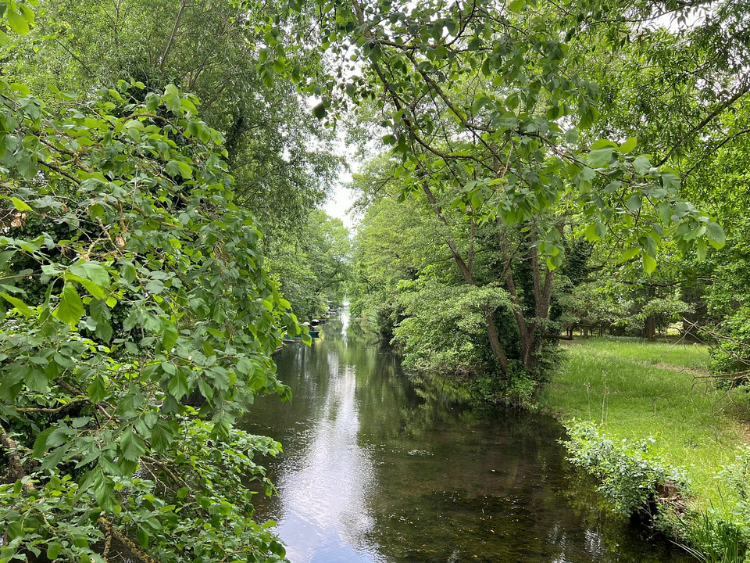
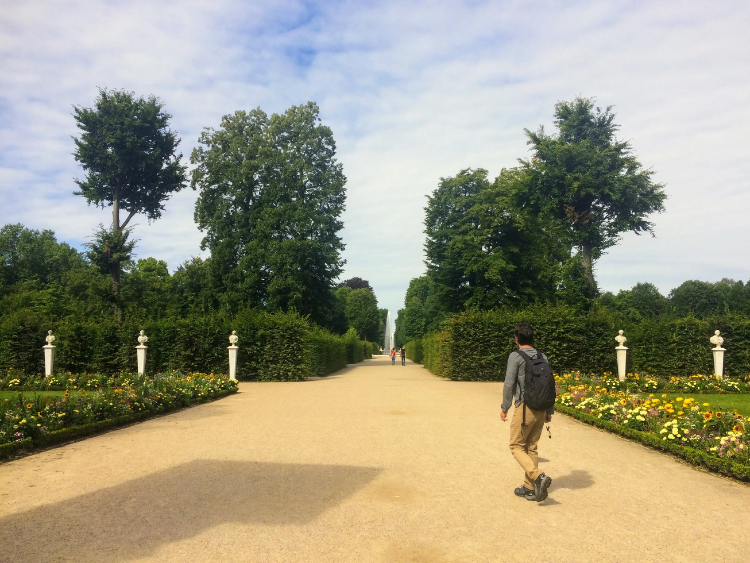
Potsdam and its surroundings offer hiking opportunities throughout the year, each season providing its own unique charm and experiences:
1. **Spring**: Spring in Potsdam brings blooming gardens and parks, such as Sanssouci Park with its famous terraced vineyards and colorful flowers. The weather is mild, making it ideal for exploring the trails that wind through these lush landscapes.
2. **Summer**: Summer is a popular time for hiking in Potsdam due to longer daylight hours and warmer temperatures. Hikers can enjoy trails that lead to lakeshores, offering opportunities for swimming and picnicking. The parks and forests provide shade and cool retreats on hot days.
3. **Autumn**: Autumn transforms Potsdam and its surroundings with vibrant colors as the leaves change. Hiking during this season offers picturesque views of golden and red foliage, particularly in parks like New Garden and Babelsberg Park. The crisp air and comfortable temperatures make for enjoyable hiking conditions.
4. **Winter**: Winter hiking in Potsdam can be equally rewarding, especially after a fresh snowfall when the parks and forests are blanketed in white. Trails may be quieter, and hikers can enjoy the peacefulness of the winter landscape. Parks like Sanssouci and Bornstedt Park offer beautiful scenery even in the winter months.
Throughout the year, Potsdam maintains its appeal for hikers due to its well-maintained trails, diverse landscapes, and historical landmarks. Whether you prefer the blossoms of spring, the warmth of summer, the colors of autumn, or the tranquility of winter, Potsdam and its surroundings offer something for hiking enthusiasts in every season.